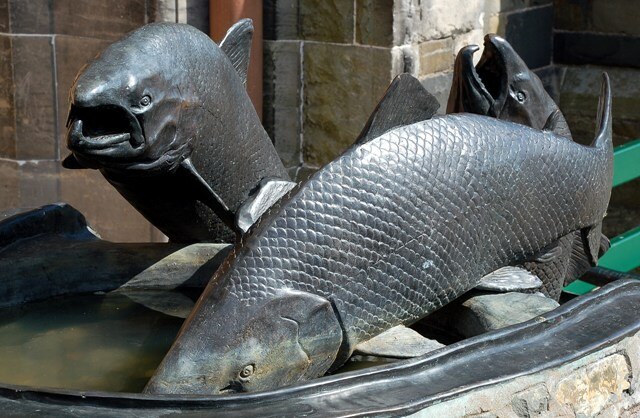The 2024 Scotland salmon season has recorded its highest four-month growth since 2019 with a 36% leap, year-on-year.
According to Salmon Scotland in its review of HM Revenue and Custom information, salmon exports reached £250 million between January and April 2024. This was £65 million more than in the corresponding first four months of 2023.
Meanwhile, yearly salmon shipments improved by 35% while yearly revenue rose by 11% to £645 million, above 2023’s £581 million.
For this reason, it is apparent that the industry is set for phenomenal export returns and strong price performance in 2024.
This also applies to exported quantities to over 40 nations, which climbed to 26,000 tonnes between January and April.
The European Union (EU) commanded the import bulk of 17,000 tonnes, an increase of 51% y-o-y up to April 2024.
Despite generating £153 million by April 2024, the EU market still costs Scots £3 million in yearly Brexit paperwork.
This is why Scottish salmon stakeholders are urging the UK to eliminate miscellaneous costs to make Europe-bound exports cheap.
Outside Europe, salmon shipments upped by 14% worth £97 million, a fifth of which to the United States.
In continental terms, Asia commanded the second highest rate of growth after Europe by 17% in value and 31% in quantity. China accounted for some £26 million of the £37 million from salmon sales to Asia between January and April.
Year-round Salmon Cycle
Based on these export figures, it is clear to see why salmon harvesting is a year-round affair in Scotland. Fisheries normally operate between January and November, including in freshwater sources.
Some rivers including River Tweed remain open most of the year while others such as River Spey close fisheries each September.
Scottish salmon that return to the rivers from the oceans in the first half of the year are known as ‘spring salmon.’
Atlantic salmon make up the majority of freshwater inhabitants during winter when they return to the rivers to spawn. Most juvenile salmon that grow up in the rivers leave for the sea after June.
In short, the Scotland salmon fisheries look poised for mouthwatering growth and this could improve if Brexit costs reduce. There is more to the the whole picture of the Scottish salmon fisheries, however, per the below statistics.
Scotland Salmon Statistics
Salmon is the most popular seafood in the UK and Scotland especially at Christmas, with retail consumption at 44,000 tonnes in 2021. According to the Food and Agricultural Organization (FAO), the sector generated £1.2 billion in domestic retail sales in 2022, mostly around December. Scottish salmon doubled as the biggest UK food export in 2022 worth £578 million. Out of a 54-nation export market in 2022, Europe received 64% of the sales, most of which to France.
How high is salmon consumption in Scotland?
The UK and Scotland under the label “other Europe” consumed 113,900 tonnes according to Mowi data in 2021. This is versus world salmon consumption leader, the EU, which consumed 1,355,000 tonnes of salmon in 2021. In overall seafood consumption, the UK and Scotland had a per capita of 18.07 kg per person per year. This was half that of Europe’s top consumer of seafood, Spain, at 40.11 kg.
How many species make up Scottish salmon?
Atlantic salmon (Salmo salar)is the main salmon species in Scotland’s waters. It is followed by sea trout (Salmo trutta), brown trout (S. trutta), rainbow trout (Oncorhynchus mykiss), pink salmon and chum salmon.
